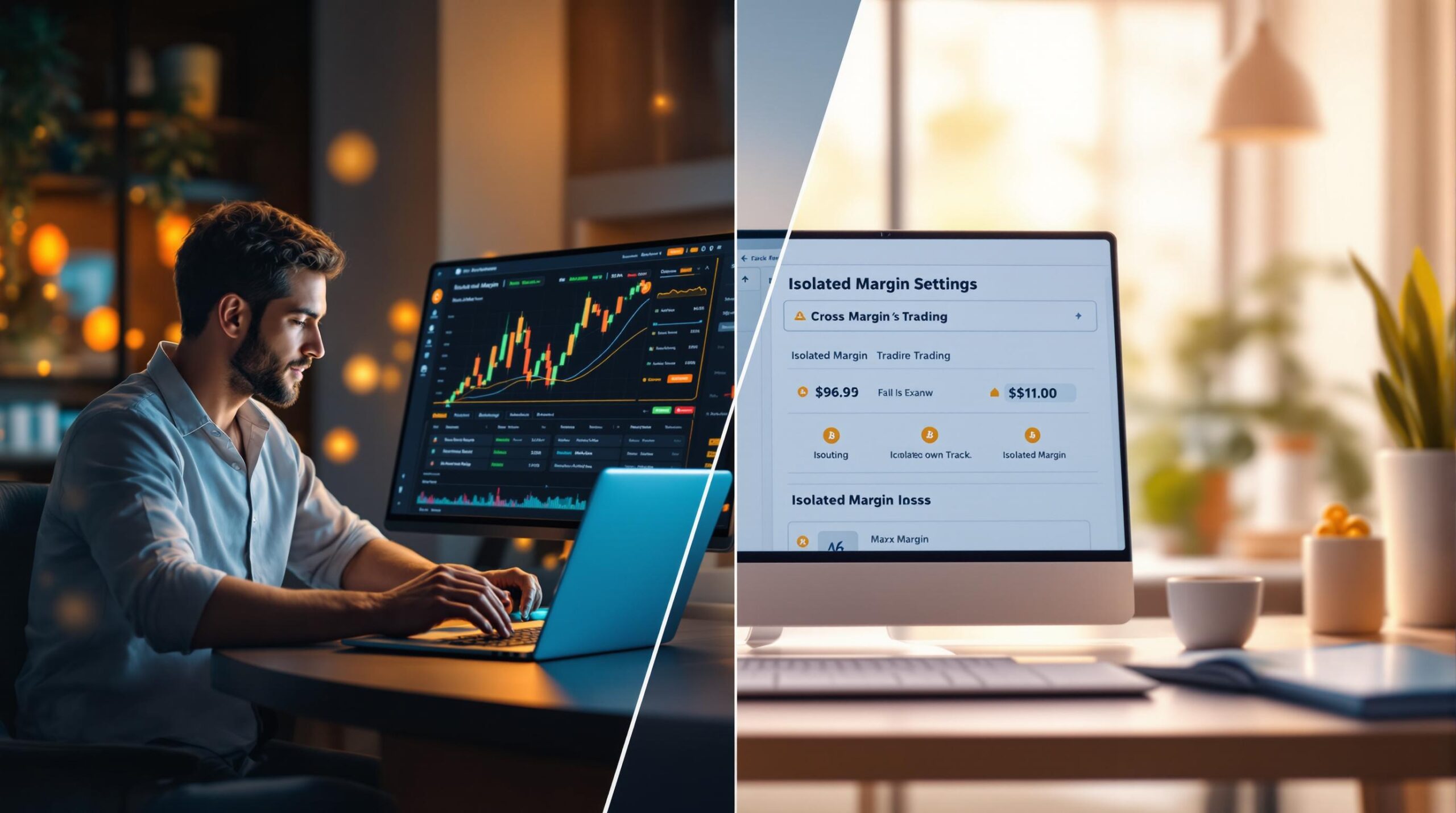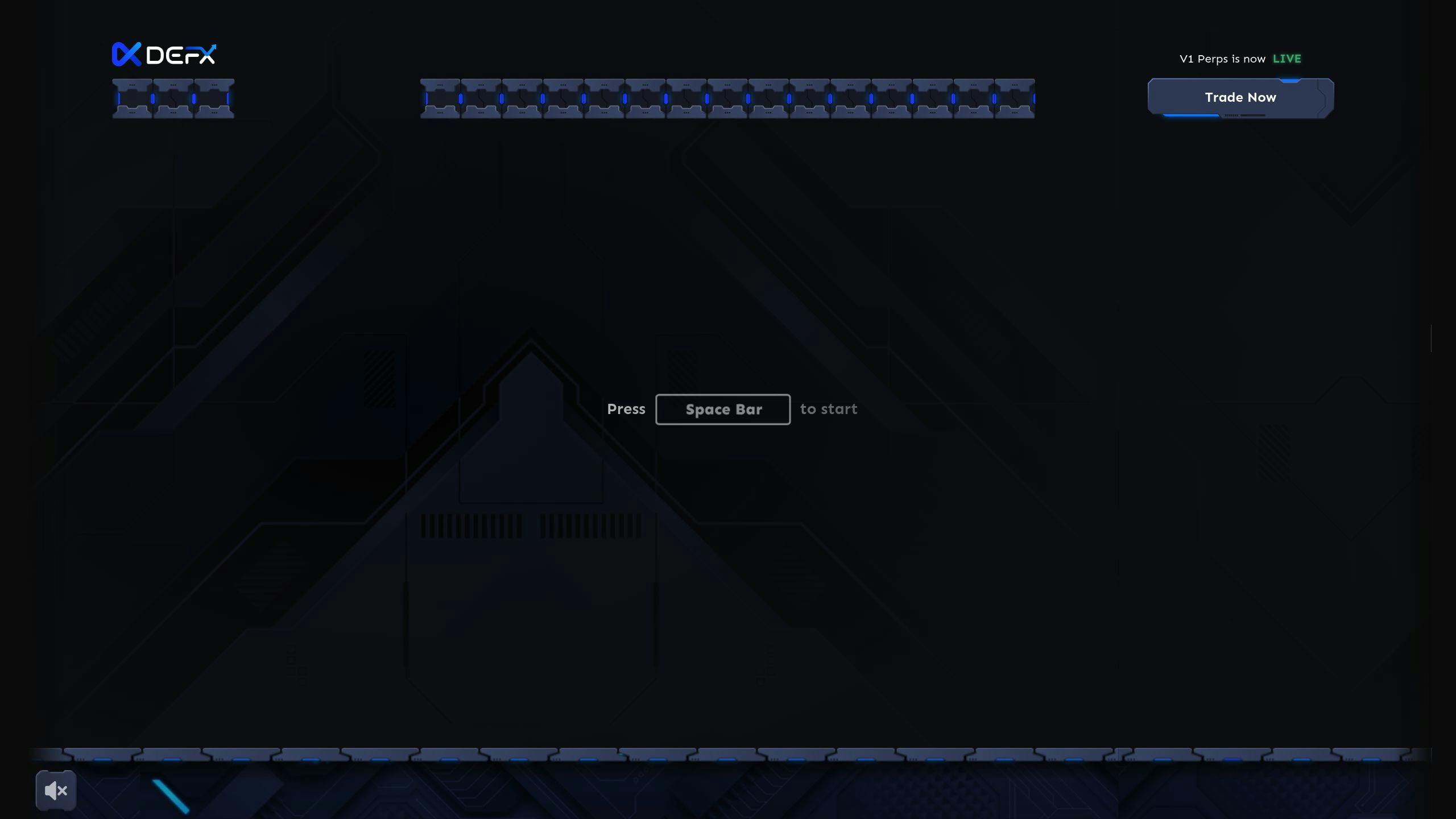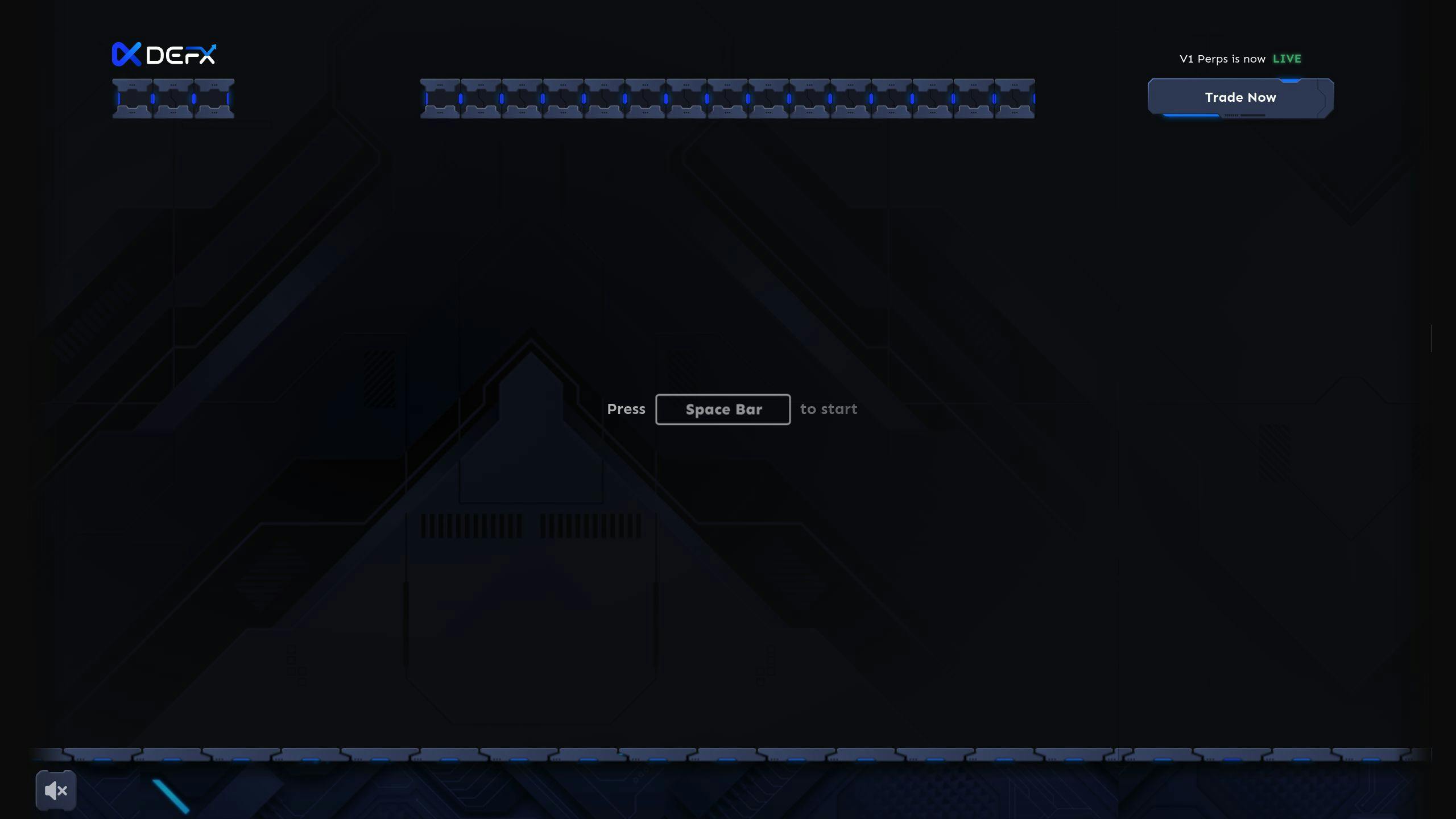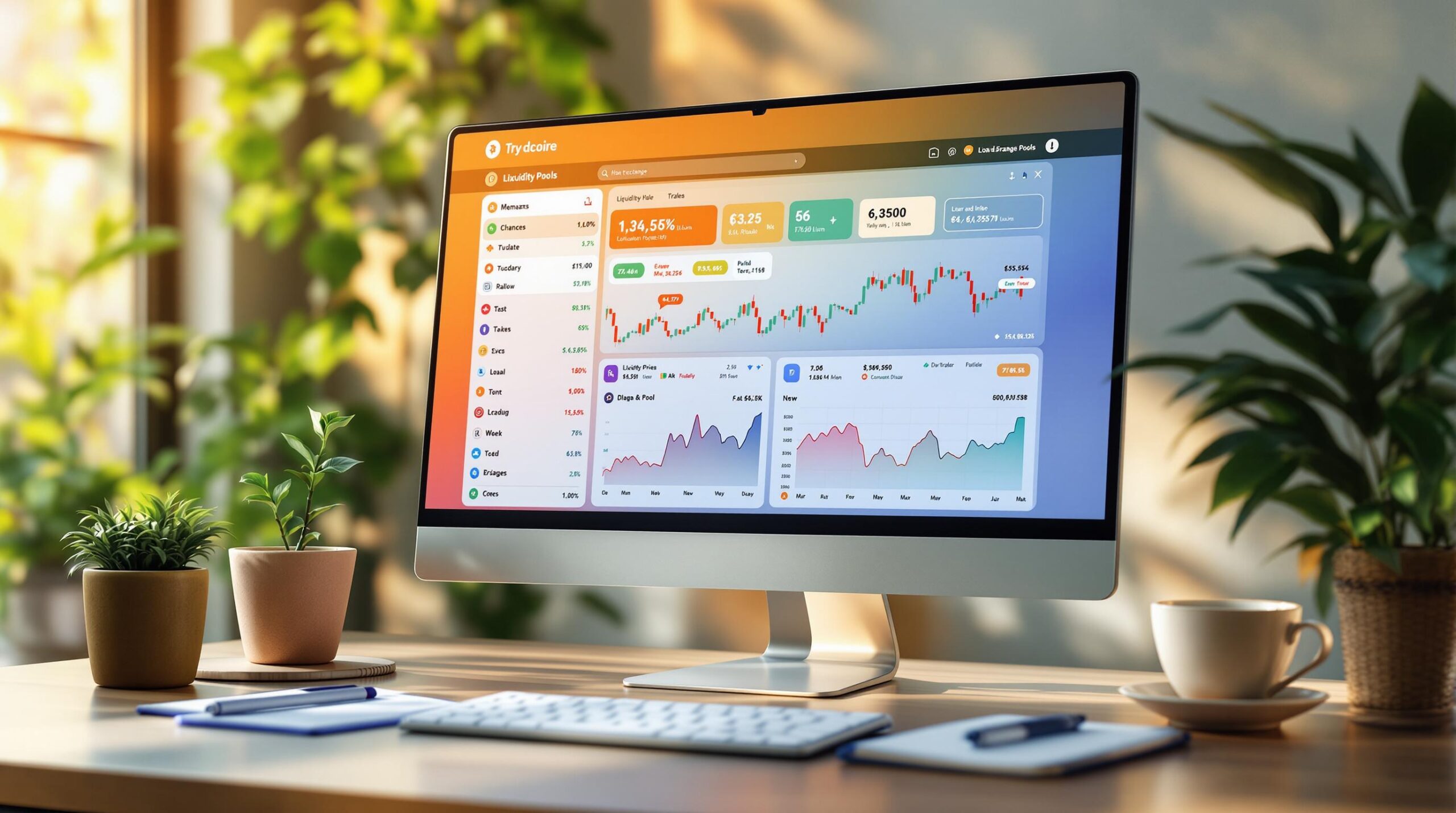Margin trading can amplify profits but comes with liquidation risks. Choosing the right margin type – Cross Margin or Isolated Margin – is key to managing these risks effectively.
- Cross Margin: Uses your entire account balance as collateral for all trades, offering flexibility but risking all positions during market swings.
- Isolated Margin: Assigns specific collateral to each trade, limiting losses to individual positions but requiring active management.
Here’s a quick comparison:
| Feature | Cross Margin | Isolated Margin |
|---|---|---|
| Risk Exposure | Entire account balance | Limited to position allocation |
| Flexibility | High – shared collateral | Low – separate allocations |
| Management | Automated | Manual |
| Best For | Experienced traders | Beginners or cautious traders |
Key takeaway: Use cross margin for linked trades or hedging, and isolated margin for tighter risk control. Platforms like Defx Perps DEX offer both options, helping you tailor your strategy to your risk tolerance.
Isolated Margin VS Cross Margin – Understanding the Differences
Cross Margin Trading
Cross Margin Explained
Cross-margin trading pools all the funds in your account as collateral for multiple positions. Instead of isolating collateral for each trade, this method creates a shared margin pool that automatically redistributes resources to help avoid liquidations.
| Aspect | Function |
|---|---|
| Collateral Management | Combines account funds and reallocates them automatically to reduce liquidation risk |
Benefits of Cross Margin
One of the key advantages of cross-margin trading is its ability to redistribute funds across positions when needed, helping to stabilize trades during market fluctuations.
"Cross margin automatically utilizes available balance in your account to avoid liquidation of any position, making it more hands-off in terms of margin maintenance." – Binance Academy [2]
This method is particularly useful for traders who:
- Handle multiple related positions.
- Use hedging strategies to balance risks.
- Require flexible capital allocation across trades.
- Want automated margin management to save time and effort.
Risks of Cross Margin
The biggest drawback of cross-margin trading is the risk of chain liquidations. If several positions move unfavorably, the shared collateral pool can be drained, potentially leading to the liquidation of all open positions [2].
Platforms like Defx Perps DEX provide both cross and isolated margin options, allowing traders to customize their approach to risk management.
To mitigate the risks associated with cross-margin trading, consider these strategies:
- Keep a reserve of funds in your account.
- Regularly monitor your overall account exposure.
- Diversify your trading positions to spread risk.
- Adjust your leverage levels based on market conditions.
Understanding how cross-margin works and its risks is essential before incorporating it into your strategy. While it offers flexibility, its shared collateral system operates very differently from isolated margin trading, which we’ll discuss next.
Isolated Margin Trading
Isolated Margin Explained
Isolated margin trading is a way to manage risk by assigning a specific amount of collateral to each individual trade. This keeps each position separate and ensures that risks are limited to the funds allocated for that particular trade.
| Feature | Description |
|---|---|
| Margin Allocation | Specific amount dedicated to each trade |
| Risk Exposure | Limited to the funds assigned |
| Position Management | Separate collateral for every position |
| Loss Limitation | Losses are confined to the allocated margin |
Why Use Isolated Margin?
This method gives traders more control over their risk by clearly defining how much they could lose on a single trade. It’s especially helpful in unpredictable markets, where containing losses is crucial.
"Isolated margin offers granular control, allowing traders to limit risk on individual trades without affecting their overall account balance." [2]
With isolated margin, traders can better protect their account from large-scale losses, even during market swings.
Some of the key benefits include:
- Simpler profit and loss tracking: Each position is calculated separately.
- Defined maximum loss: Losses are capped at the margin assigned to the trade.
- Account protection: The rest of your account remains unaffected by losses in isolated positions.
Drawbacks of Isolated Margin
While isolated margin helps control risk, it has its downsides. A major limitation is the reduced flexibility in how you use your capital. Since funds are tied to individual trades, you can’t share margin across multiple positions.
This approach also requires active management. Traders need to:
- Monitor the margin levels of each trade.
- Allocate capital carefully for each position.
- Adjust leverage and margin as needed to ensure balanced risk.
Because of these factors, isolated margin trading is best suited for traders who are comfortable with detailed position management and want to minimize the risk of account-wide liquidation. Understanding both its strengths and weaknesses is key to making the most of this trading strategy.
sbb-itb-dd9e24a
Liquidation Risk Analysis
Risk Factors
Liquidation risk is influenced by factors like price volatility, leverage, and how margin is allocated. Sharp price changes and high leverage can quickly magnify losses, making risk management crucial.
With cross-margin, collateral is shared across all positions, increasing the chance of cascading liquidations during volatile markets. In contrast, isolated margin limits the risk to individual trades but demands close monitoring to avoid liquidation.
Risk Examples
Let’s break it down with an example comparing cross-margin and isolated margin:
A trader with a $10,000 account opens three positions:
| Position | Size | Leverage | Margin Required |
|---|---|---|---|
| BTC/USD | $20,000 | 10x | $2,000 |
| ETH/USD | $15,000 | 5x | $3,000 |
| SOL/USD | $5,000 | 2x | $2,500 |
In a cross-margin setup, an 8% drop in BTC’s price could drain the shared collateral, putting all positions at risk. However, with isolated margin, only the $2,000 allocated to the BTC trade would be at risk.
"Cross-margin trading exposes the entire account balance to risk, potentially leading to higher losses. Isolated-margin trading limits the risk to the specific amount allocated to each position, providing more granular risk management and reducing the risk of cascading liquidations" [1]
Feature Comparison
Here’s a quick comparison of cross-margin and isolated margin:
| Feature | Cross Margin | Isolated Margin |
|---|---|---|
| Risk Exposure | Entire account balance | Limited to position allocation |
| Margin Efficiency | High – shared collateral | Lower – separate allocations |
| Management Complexity | Low – automated | Higher – manual monitoring |
| Suitable For | Experienced traders | Beginners and cautious traders |
| Liquidation Impact | Account-wide risk | Position-specific risk |
Platforms like Defx Perps DEX provide both options, letting traders pick the margin type that matches their strategy and risk tolerance. Knowing these differences can help traders make better decisions when managing their positions.
Selecting Your Margin Type
Risk Level Assessment
Deciding between cross and isolated margin depends on your trading experience and how much risk you’re comfortable taking. If you’re an experienced trader who can navigate market correlations and handle complex positions, cross-margin trading might work well for you. On the other hand, newer or more cautious traders may prefer isolated margin since it allows for tighter control over potential losses.
Here’s a quick breakdown to guide your choice:
| Trading Profile | Recommended Margin Type | Why It Works |
|---|---|---|
| New Trader | Isolated Margin | Keeps exposure limited and simplifies tracking |
| Expert Trader | Cross Margin | Maximizes capital efficiency for linked positions |
| Risk-Averse | Isolated Margin | Provides precise control over individual risks |
| Active Portfolio Manager | Cross Margin | Allows for flexible collateral across positions |
Once you’ve determined your risk level, you can explore advanced strategies to refine your margin trading approach.
Advanced Trading Tips
Combining both margin types can help you balance control and flexibility in your trades.
"Isolated margin offers greater control and risk management by allowing traders to define the margin for each position." – Morpher Blog [1]
Here are some ways to improve your margin trading:
- Switch between margin types depending on market conditions.
- Keep a safety buffer in your account when using cross-margin.
- Use stop-loss orders to manage risk on every position.
- Regularly analyze and adjust your position sizes to stay balanced.
Defx Trading Options
For traders ready to apply these strategies, Defx Perps DEX provides tools designed for both cross and isolated margin trading. The platform offers up to 50x leverage, advanced order types, and real-time monitoring to help you manage your margins effectively.
Key features include:
- Leverage options up to 50x for flexibility.
- Advanced order types to fine-tune your trades.
- Real-time monitoring to stay on top of your positions.
- Support for pre-launch token markets, operating transparently on Ethereum and Solana.
Conclusion
Main Points
Cross and isolated margin trading offer two different ways to manage liquidation risks in cryptocurrency trading. Cross margin taps into your entire account balance, which can improve efficiency but also increases the chance of losing your entire portfolio. On the other hand, isolated margin focuses on individual positions, giving you tighter control over risks but limiting potential profits.
Understanding these differences is key to refining your margin trading strategy.
Recommendations
Here are some practical tips to help you make the most of each margin type:
For New Traders: Begin with isolated margin trading. It’s a safer way to gain experience while keeping risks in check for each position.
For Experienced Traders: Combine both methods. Use isolated margin for riskier trades and cross margin for positions that are linked or correlated.
Risk Management Tips:
- Keep an eye on margin ratios and ensure you have enough account balance as a buffer.
- Always calculate your maximum possible losses before entering isolated margin trades.
- Adjust your approach based on how volatile the market is.
- Regularly review and rebalance your positions to stay aligned with your goals.
Platforms like Defx Perps DEX provide access to both cross and isolated margin trading, making it easier to put these strategies into practice. The key is to choose the margin type that best matches your trading skills, risk appetite, and overall portfolio plan.
FAQs
What is the difference between cross and isolated liquidation?
Cross and isolated margin differ in how they handle collateral and manage risk. With isolated margin, each position has its own dedicated collateral, which limits losses to that position alone. On the other hand, cross margin uses your entire account balance as collateral for all trades, offering more flexibility but increasing overall risk.
Here’s a quick comparison:
| Aspect | Cross Margin | Isolated Margin |
|---|---|---|
| Risk Exposure | Entire account balance at risk | Losses limited to the collateral of each position |
| Position Management | Collateral shared across multiple trades | Risk managed separately for each position |
| Best For | Managing multiple positions or hedging | New traders or high-risk strategies |
For platforms like Defx Perps DEX, cross margin suits correlated trades or hedging strategies, while isolated margin is ideal for setting clear risk limits. Knowing the difference lets you choose the margin type that fits your trading style and risk level.













